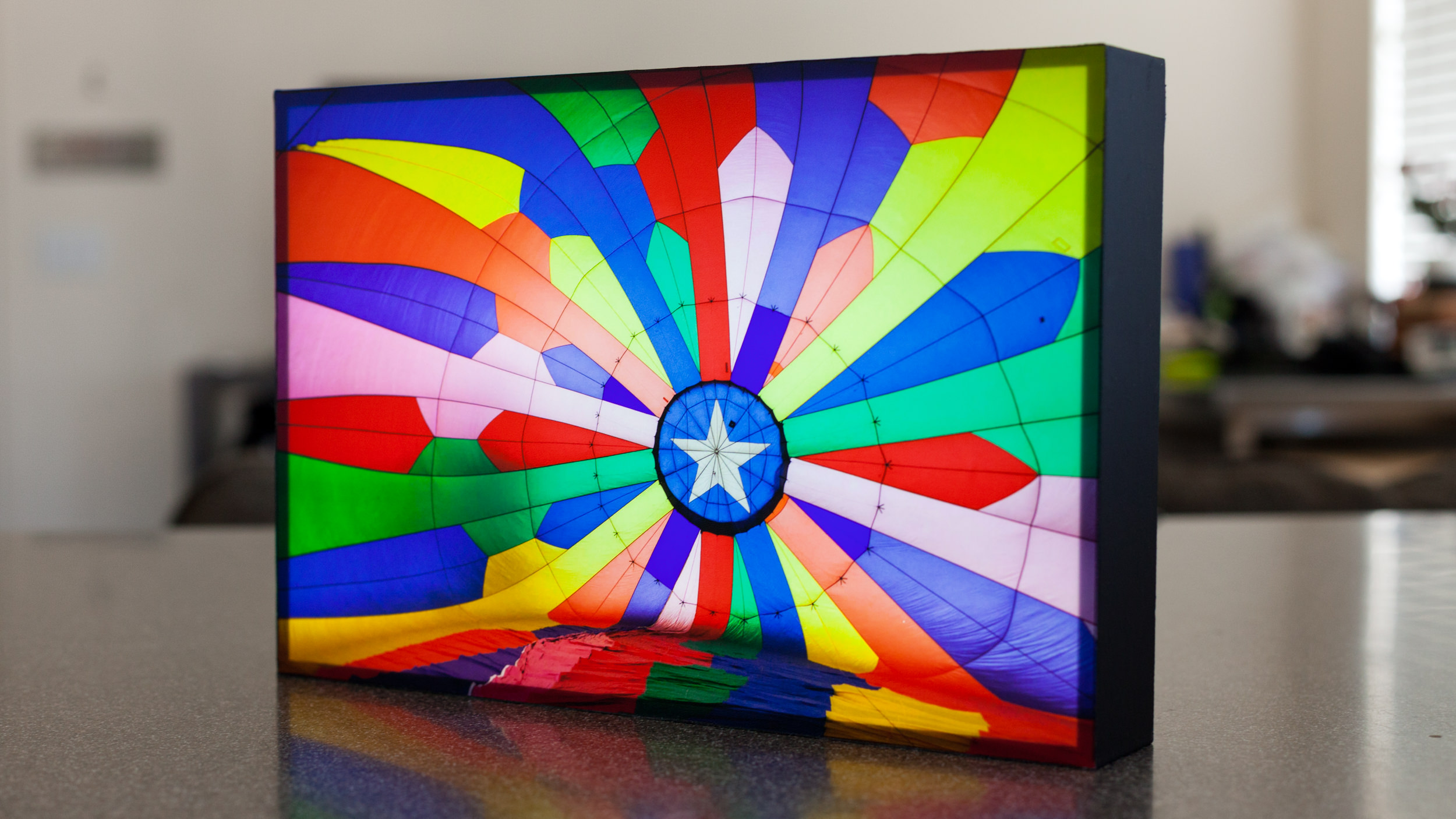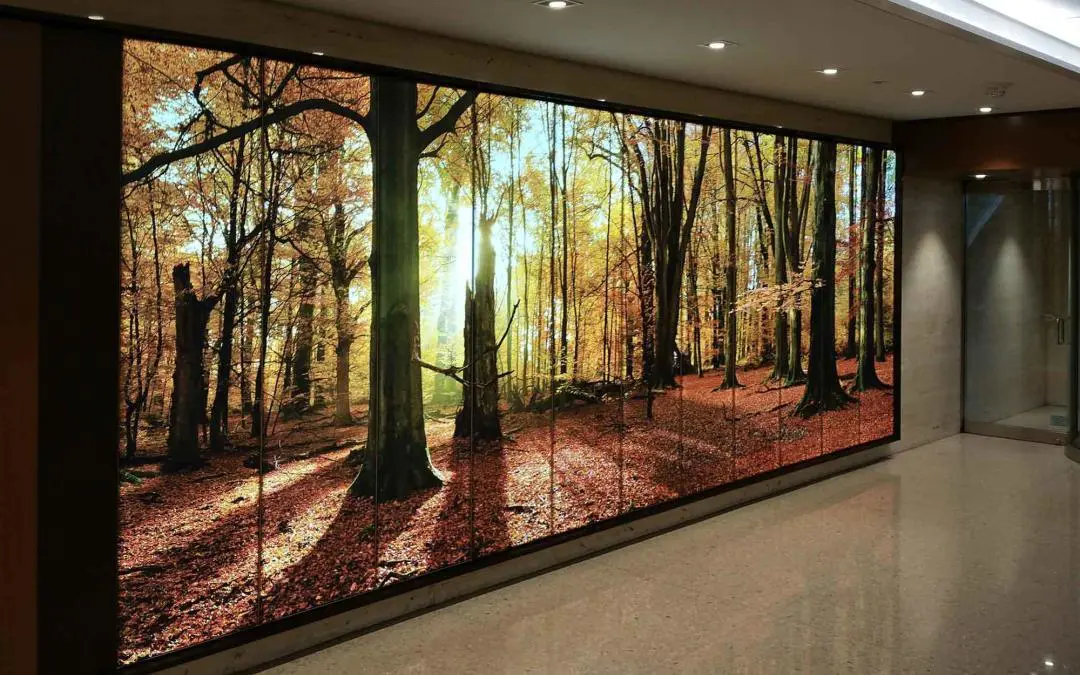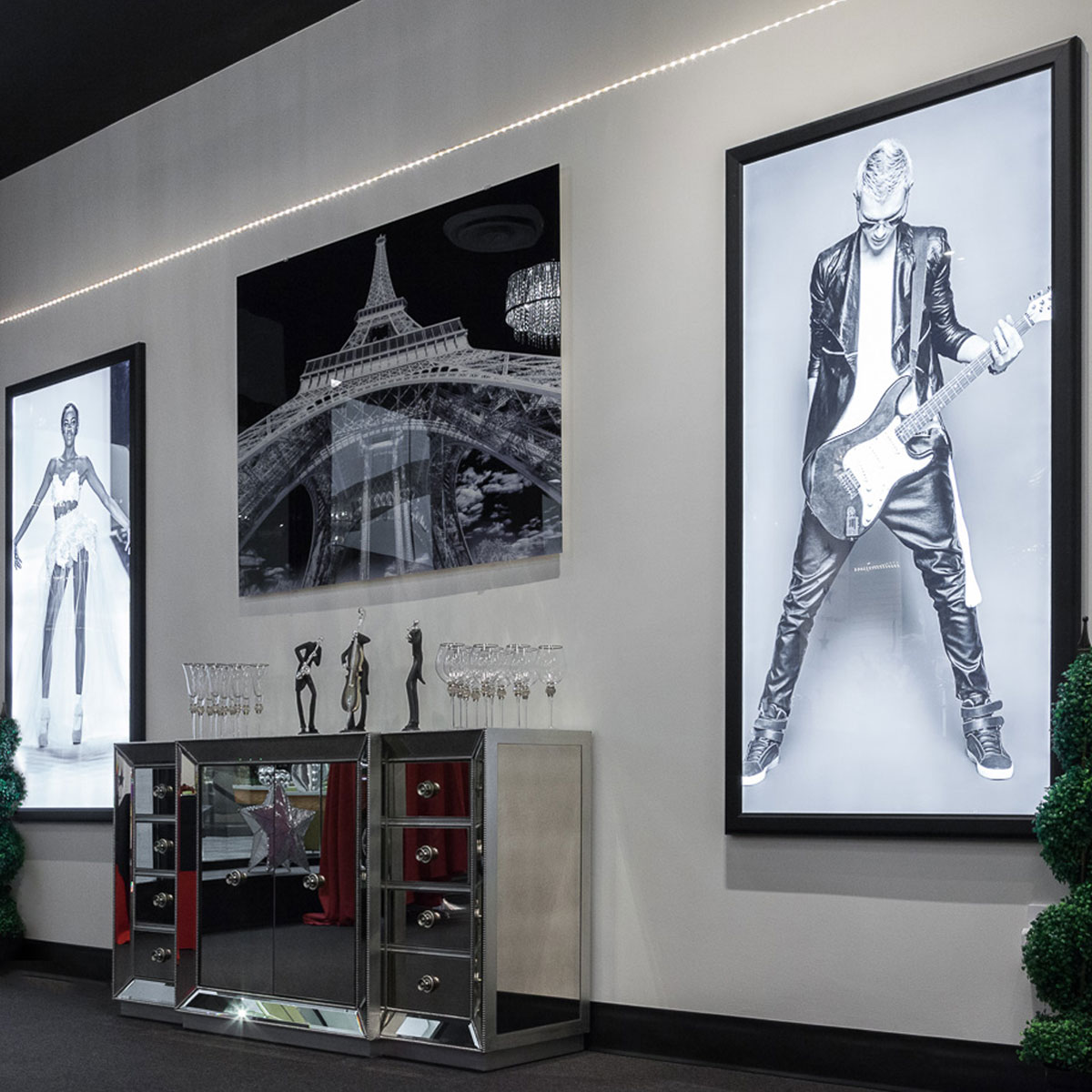
Cold lamination film: an innovative lamination solution for printed product protection
In the field of modern printed product protection, cold lamination film is reshaping the technical standards of traditional lamination processes with its unique room temperature lamination characteristics. This lamination material, which can achieve perfect lamination without heating, provides all-round surface protection for various printed products through the synergy of precise pressure-sensitive adhesive layer and polymer base film, while avoiding the material deformation and color distortion problems that may be caused by hot lamination process. Unlike the traditional lamination method that relies on professional equipment, the simple operation process of cold lamination technology enables high-quality printing protection to be realized in a wider range of application scenarios, from commercial advertising to archival preservation, from industrial logos to artistic creation, showing excellent adaptability.
The core technology of cold lamination film lies in the precise design of its multi-layer composite structure. The base film layer is usually made of biaxially oriented polyester (PET) or polypropylene (BOPP) materials, and a uniform microstructure is formed through special surface treatment. The transmittance is as high as 92% and the haze is controlled within 1%, ensuring the true restoration of the image color after lamination. The pressure-sensitive adhesive layer adopts an acrylic polymer formula, which achieves a perfect balance between adhesion and removability through molecular weight regulation. It can not only firmly adhere to various substrates, but also can be completely peeled off without leaving any residual adhesive when needed. The silicone coating technology of the release paper ensures the stability of the film material during storage and transportation. When in use, it only needs to be gently peeled off to expose the adhesive layer, which greatly simplifies the construction process. The specially formulated anti-ultraviolet absorber is evenly distributed in the material structure. It has been verified by the ISO 4892 accelerated aging test and can provide effective protection for up to three years in outdoor environments.
In terms of performance, high-quality cold lamination film shows a full range of protection capabilities. The wear resistance test shows that after 500 Taber friction cycles, the film surface can still maintain more than 90% of the original gloss, effectively preventing surface wear caused by daily contact. The waterproof performance test shows that the printed matter after lamination can completely block liquid penetration, and even long-term immersion will not cause image blur or paper deformation. In terms of chemical stability, the material has good tolerance to common detergents, alcohol and other solvents, ensuring the convenience of maintenance when used in public places. What is more noteworthy is that the cold mounting process completely avoids the impact of high temperature on heat-sensitive materials, so that precious materials such as digital printed works and historical documents can also obtain safe protection solutions.
The diversity of application scenarios has promoted the continuous segmentation of cold mounting film product lines. The bright cold mounting film widely used in the advertising industry can enhance the color saturation, so that posters, exhibition boards and other promotional materials can maintain visual impact in complex light environments; libraries and archives prefer matte products, whose anti-glare properties allow readers to read documents comfortably for a long time; low-reflection frosted film dedicated to the field of artistic creation protects paintings and retains the original texture through special surface texture. Industrial-grade products further break through traditional boundaries. Conductive cold mounting films can be used for temporary circuit protection, and flame-retardant products meet the fire safety standards of building materials. These professional solutions continue to expand the application boundaries of materials.
The scientific construction process is a key factor in ensuring the quality of lamination. Environmental control studies have shown that the construction conditions of temperature 15-30℃ and humidity 40-60% can achieve the best lamination effect. Too low temperature will lead to insufficient activity of the glue layer, and too high temperature may cause material expansion. The surface pretreatment standard stipulates that different substrates need to use special cleaning agents to remove dust and grease, and the surface tension test pen can quickly verify the cleaning effect. The use skills of professional scrapers directly affect the quality of the finished product. Maintaining an inclination angle of 30-45 degrees and applying force evenly with a pressure of 0.5-1.0kg/cm² can effectively eliminate bubbles and ensure that the adhesive layer is fully infiltrated. For large-format works, the progressive lamination strategy of "center to surrounding" can avoid wrinkles caused by stress concentration. These refined operation standards have transformed the cold lamination process from experience and skills to a replicable scientific process.
Environmental innovation has become an important direction for the development of cold lamination film technology. The research and development of bio-based polyester materials has made breakthroughs. Some products have achieved a renewable raw material ratio of more than 30%, and the carbon footprint is 40% lower than that of traditional products. The maturity of water-based pressure-sensitive adhesive technology has greatly reduced the use of organic solvents, and VOC emissions have reached the most stringent environmental standards of the European Union. The innovation of the recycling system is particularly prominent. The thermal separation technology can achieve complete separation of the base film and the adhesive layer, and the purity of the recycled materials is more than 95%, truly realizing closed-loop utilization. These environmental improvements not only respond to global sustainable development initiatives, but also provide users with a safer and healthier experience.
The improvement of the industry standard system provides reliable guarantee for product quality. The ASTM D1003 standard sets clear requirements for the transmittance and haze of materials to ensure the visual fidelity of images after lamination; the ISO 18916 light stability grading system provides a scientific basis for product selection in different application scenarios; and the EN 13501-1 fire rating certification regulates the flame retardant properties of materials used in public places. These standards not only guide the continuous improvement of manufacturing processes, but also provide an objective benchmark for end-user quality acceptance.
Future development trends show that cold lamination film technology will evolve in depth towards functional integration. The research and development of self-healing coatings has achieved phased results. Microcapsule technology can automatically repair fine scratches on the film surface at room temperature, significantly extending the outdoor service life. Intelligent responsive materials are in the trial stage, and thermochromic and hygrochromic functions will add dynamic interactive elements to advertising carriers. The breakthrough of antibacterial formula enables the product to meet the hygiene requirements of special industries such as medical and food, and the application of silver ion technology can achieve a 99% inhibition rate of common bacteria. With the advancement of materials science, cold lamination film is transforming from a passive protective layer to an intelligent interface with multiple functions.
As an important innovation in the field of printed matter protection, cold lamination film achieves the unity of protective performance and convenient operation through the perfect combination of material science and process technology. From the adhesive design at the molecular level to the construction specifications at the macro scale, from daily commercial applications to special industry solutions, this technology is continuously promoting the improvement of printed matter protection standards. With the deepening of environmental protection concepts and the development of intelligent materials, cold lamination film will surely show its unique value in a wider field, providing reliable guarantee for the long-term preservation and effective dissemination of visual information.





